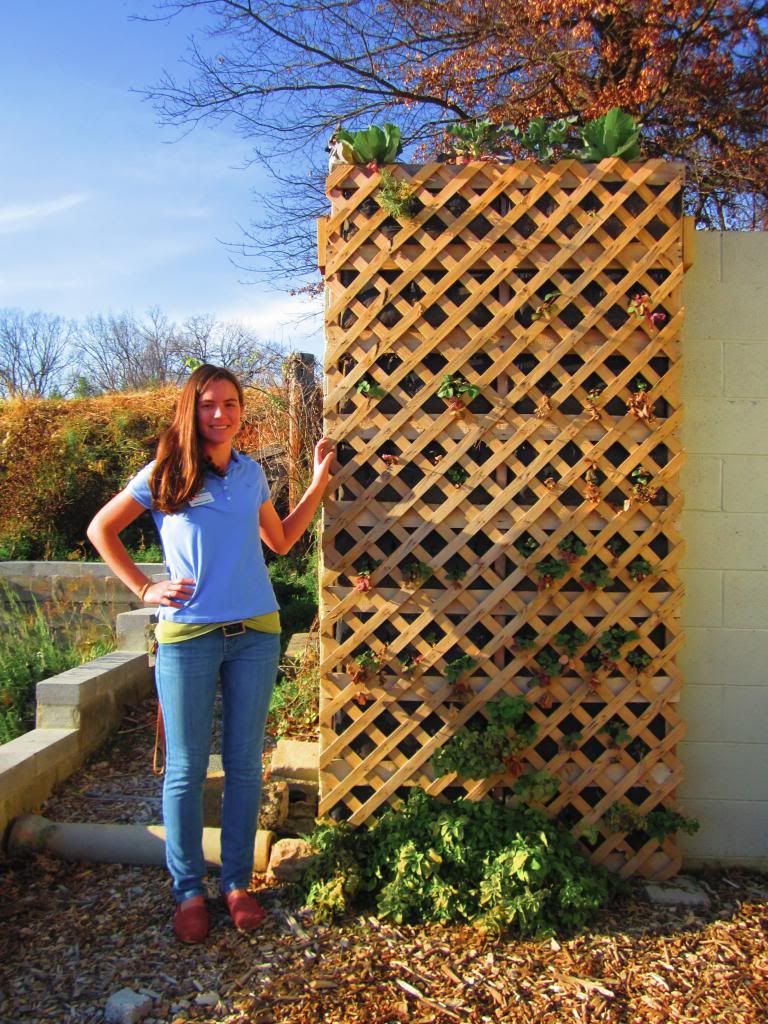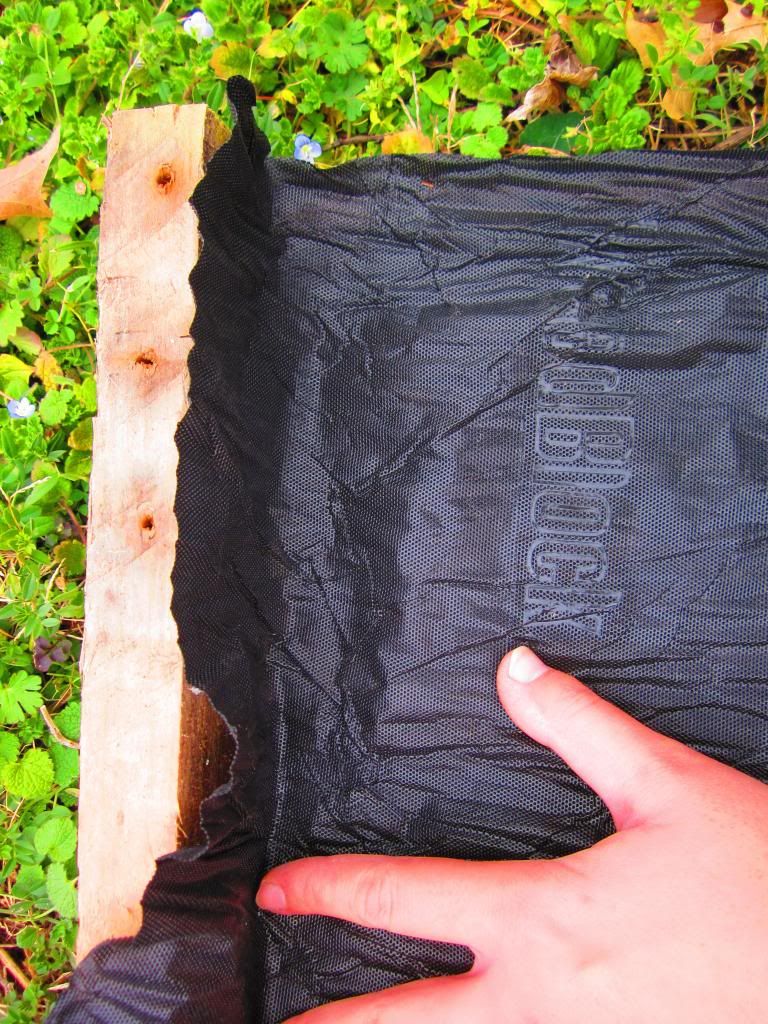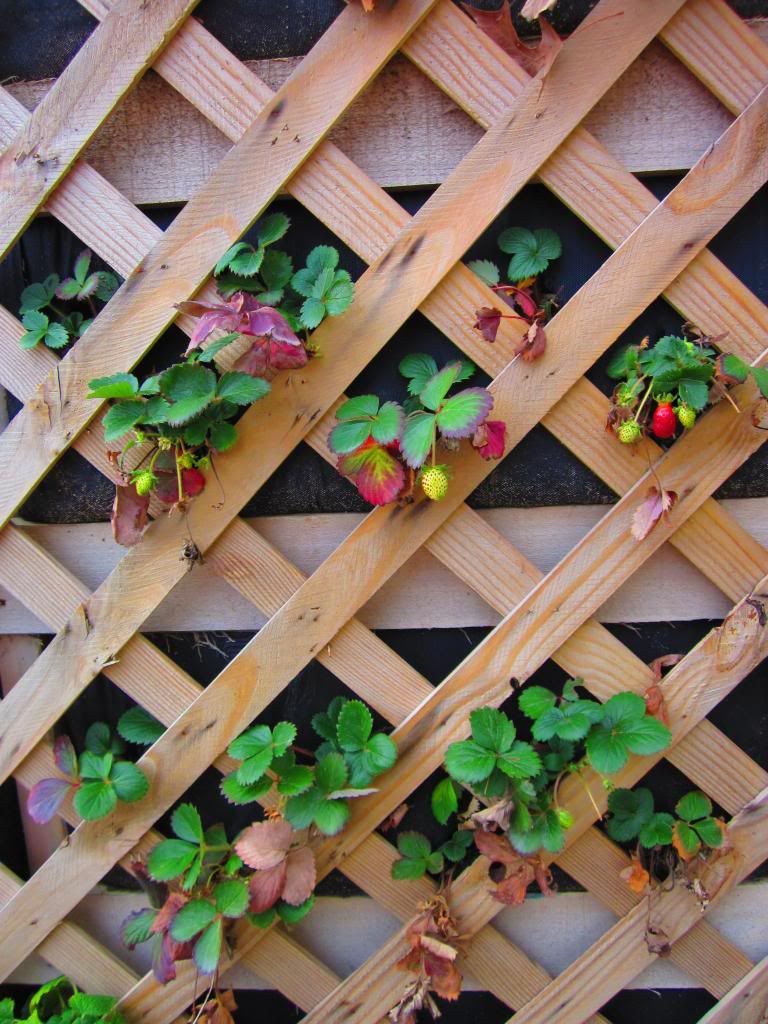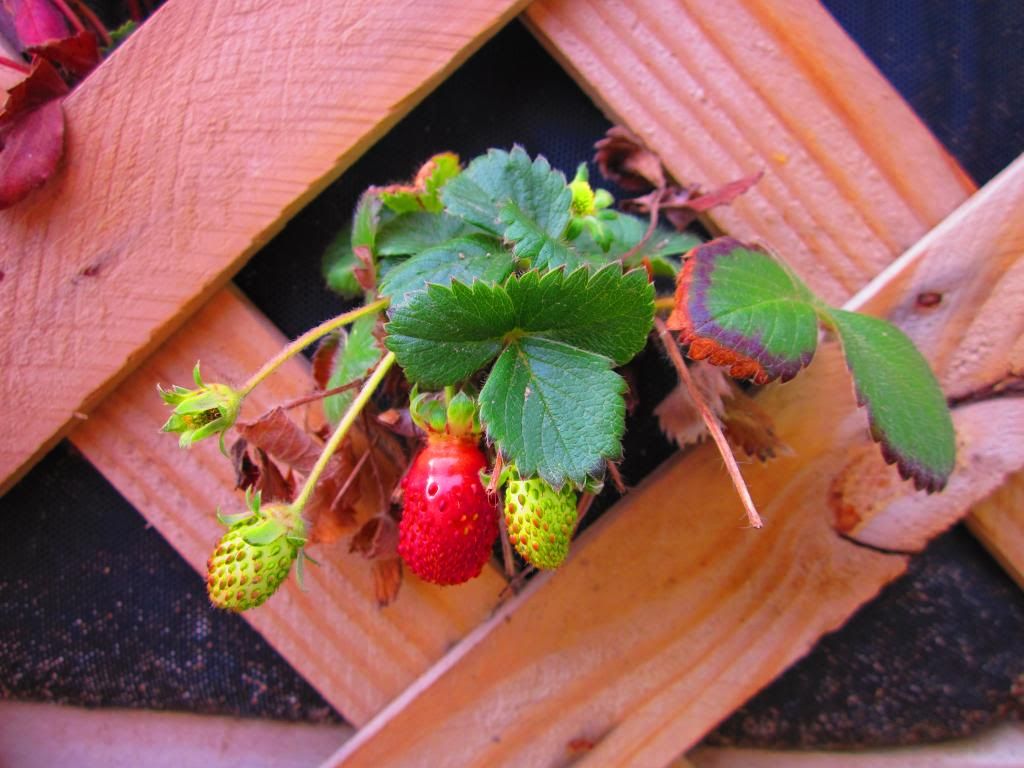Benefits of vertical gardening
As an apartment dweller, traditional gardening is difficult for me for the simple reason that I don't have any space to plant. Bending down to weed and dig in the soil can also be hard on the back, knees, and other joints. A living wall, or vertical garden, is a great way for those with space or physical limitations to garden. A vertical garden can be hung on or propped against a wall inside or outside the home, and when working with a living wall, there's decreased need to bend down.
Choosing the right system
Many vertical gardening systems can be difficult to construct, and kits can be expensive. If Pinterest is any indicator, repurposing old pallets to create a living wall is gaining in popularity, and there are many different styles to choose from. With so much variety to choose from, it's difficult to know which methods are solid designs for long term growth and what designs are just a flash in the pan good for a month or two before literally falling apart.
Earlier this year I built a couple pallet living walls using the steps outlined below. It took only a few hours to construct and the materials were fairly inexpensive. After nearly a year the planters are still solid and the plants are continuing to grow.
To built my favorite pallet planter, you'll need
Pick your favorite side of the pallet to be the front. Use the hammer to pull the planks off the back of the pallet.
 |
| I strike a pose with a large pallet planter that I built at work. |
Choosing the right system
Many vertical gardening systems can be difficult to construct, and kits can be expensive. If Pinterest is any indicator, repurposing old pallets to create a living wall is gaining in popularity, and there are many different styles to choose from. With so much variety to choose from, it's difficult to know which methods are solid designs for long term growth and what designs are just a flash in the pan good for a month or two before literally falling apart.
Earlier this year I built a couple pallet living walls using the steps outlined below. It took only a few hours to construct and the materials were fairly inexpensive. After nearly a year the planters are still solid and the plants are continuing to grow.
To built my favorite pallet planter, you'll need
- An old pallet, preferably a free one
- Plywood, 1/4 inch x 2 ft x 4 ft section $8.52 Lowes
- The store should be able to cut plywood to the size of the pallet.
- Lattice, 2 ft x 8 ft section $7 ea. Home Depot
- Landscape fabric, 3 ft x 50 ft section $10 Home Depot
- Topsoil, 40 lb bag $1.30 ea. Home Depot
- Plants
- Consider perennial Mediterranean herbs like thyme, oregano, and rosemary that can handle dry conditions.
- Look for plants grown in cell packs.
Some other tools that may be helpful:
- Staple gun
- Hammer
- Drill
- Hand saw
- Knife or other blade
Building the pallet planter
 |
| Attach landscape fabric to the planks inside of the pallet |
Save one of the planks and drill several holes across the bottom. Attach the drilled plank to the bottom of the planter. This will hold the soil in the planter and allow water to drain.
Landscape fabric will hold soil inside of the living wall. Attach the landscape fabric to the planks inside of the pallet. Be sure to secure the fabric across the front and sides of the inside of the pallet. Staples may be the most effective way to secure the fabric, but nails or screws will work in a pinch.
Lattice will provide support and prevent the fabric and soil from spilling out of the planter. Attach lattice with screws to the front planks of the living wall.
Fill the planter with topsoil or garden soil. If possible, allow the soil to dry out before this step. The drier the soil is, the easier it will be to lift the planter. I wouldn't recommend using potting soil or seedling mix. Potting soil will break down and compress over time, pulling plants down into the planter and requiring the addition of more soil to fill in.
Attach the plywood back of the planter with galvanized screws. Your planter is almost complete!
Have a friend help hang the planter on a wall, or secure over a ledge before planting. This step is important because you do not want a heavy living wall to fall down on you.
 |
| Cut through the landscape fabric to plant. |
Through gaps in the lattice, cut a hole in the landscape fabric. Securely place a plant in the hole and make sure that soil is firmly packed around the roots. Repeat this step until the living wall is completely planted.
Maintaining the vertical garden
As in any garden, water is a big consideration for your living wall. Water daily until the plants are established. Water from the top of the planter and into each plant's hole in the landscape fabric. When designing your pallet planter, consider adding drip irrigation tape, soaker hose, or another sort of irrigation pipe inside of the planter with the soil. In my experience, once the plants -- especially drought tolerant herbs -- are established, the planter will require less attention to water.
To see more photos of my pallet planter, check out my photobucket story.
If you have any questions, ideas, or suggestions, leave a comment or shoot me an email.
Have you or a friend built a living wall planter? What did you do differently? How is the system working for you?
Is there another type of pallet planter you're interested in trying? Where did you first learn about it? How is it different from this design?
 |
| 'Tribute' strawberries bear fruit in a large pallet planter. |


I just posted this link on my Facebook Page - go look:
ReplyDelete'Serenity in the Garden blog' on Facebook
Jan Johnsen
Thanks Jan!
DeleteHey, nice information. I am also doing research on vermicomposting. This information is very helpful to me in thinking in a new of doing compost in vertical gardening.keep posting new updates.
ReplyDeleteThanks for your sharing.Wall planters
ReplyDelete